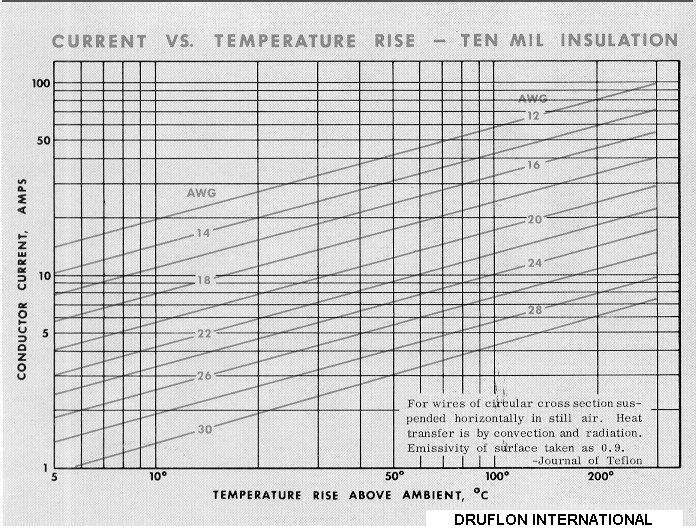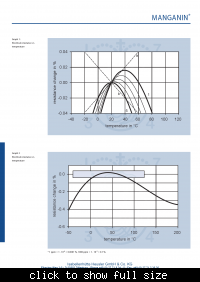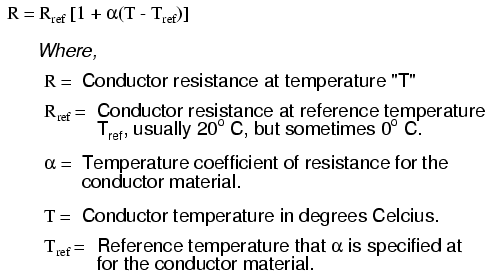sunny_s
Newbie level 5
hi friends...! i am new to the form...
i am doing a project named smart energy meter using ic's ade7757 and 89c51...this project aims to calculate power consumed by load....the ade7757 ic does the calculations and gives digital output in the form of frequency whose number of pulses are to be calculated by 89c51...But the problem i got is the "350 micro ohm" shunt resistance, which is used for current sensing...! the voltage drop across shunt is given to current channel of ade7757...! i am unable to find shunt in retail shops of my city. could u guys please help me in this regard....or any alternative for shunt resistance....thanks in advance for the help...!
i am doing a project named smart energy meter using ic's ade7757 and 89c51...this project aims to calculate power consumed by load....the ade7757 ic does the calculations and gives digital output in the form of frequency whose number of pulses are to be calculated by 89c51...But the problem i got is the "350 micro ohm" shunt resistance, which is used for current sensing...! the voltage drop across shunt is given to current channel of ade7757...! i am unable to find shunt in retail shops of my city. could u guys please help me in this regard....or any alternative for shunt resistance....thanks in advance for the help...!


